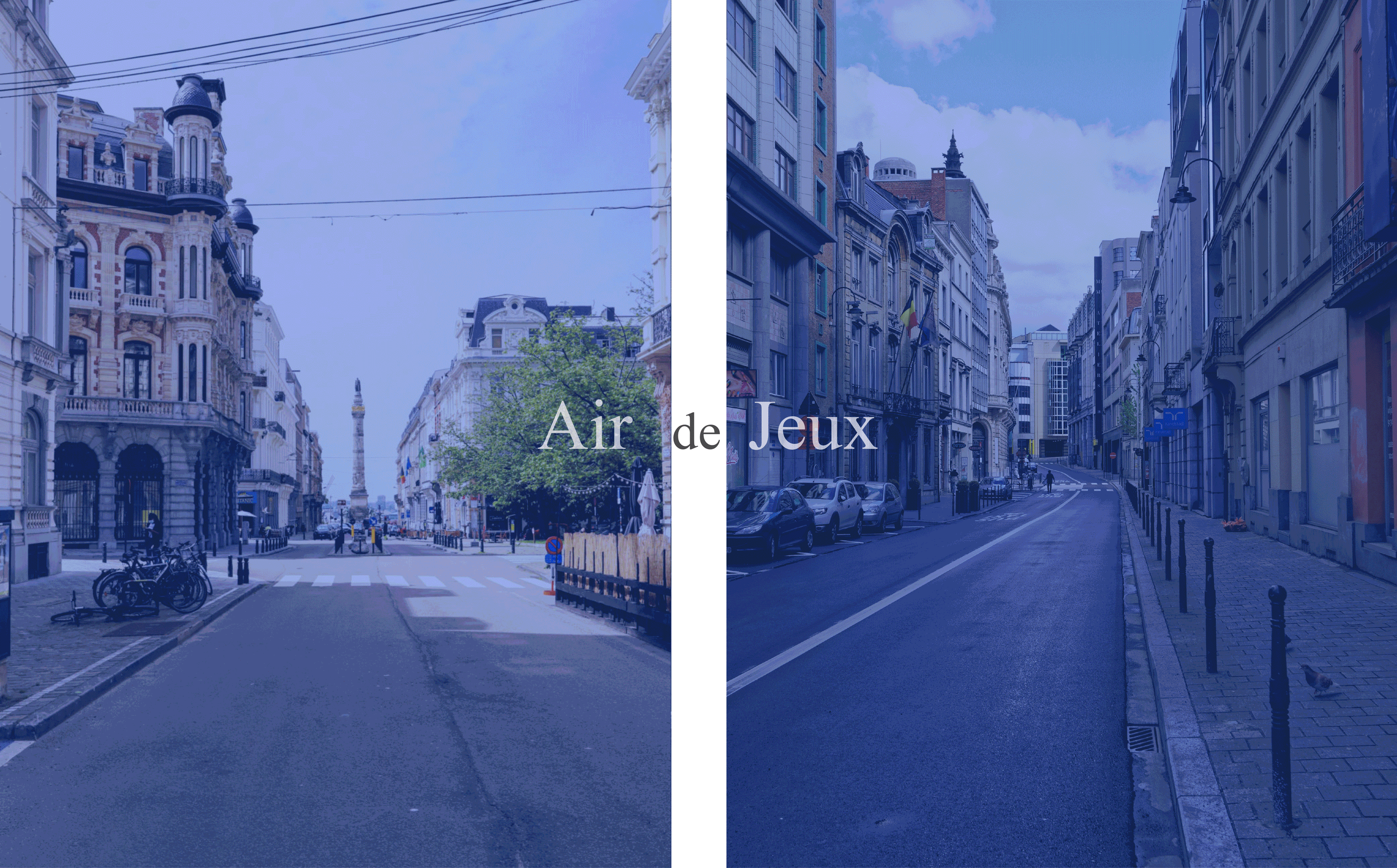School street initiatives that have been implemented since the Bolzano intervention have embraced a range of urban actions tailored to local needs, in order to create safer, healthier, and more engaging streets for children. While they all propose partial or permanent street closures, other actions are also deployed as combined toolkits, responding to the pressing concerns in each particular location. These include traffic regulation and parking restrictions, street guards, promoting soft mobility by non-motorized means, installing school street signage, implementing green infrastructure, sensing devices for environmental awareness, street furniture installations, street painting, the organization of school street community participation, and more. The following paragraphs outline some of the most commonly implemented actions for urban school streets. Many other possibilities remain open, and it is for cities, communities, and designers to explore these options, further enriching and expanding the school streets toolbox.
Street closures using physical barriers are the most common initial measure for school streets, as seen in the first implementation in Bolzano. These range from temporary plastic or metal barriers, often managed by school guards, to more permanent closures, such as manually operated gates or automated bollards. Closure durations vary from 30-minute intervals during drop-off and pick-up times to full-day restrictions, with permanent street closure adopted for some locations. These measures have succeeded in enhancing safety and creating pedestrian-friendly environments. For instance, a 2018 evaluation in Ghent, Belgium, reported a 40% reduction in automobile traffic and a 30% increase in walking or cycling near schools. [13]
Traffic speed regulations are introduced on school streets to improve safety and reduce congestion. Municipalities typically establish speed zones around schools, with a common limit of 30 km/h. Cities such as Bolzano, Turin, Parma, and Dresden have adopted 30 km/h zones, while in Brussels, the school zone speed limit is 20 km/h. These traffic regulation measures aim to decrease the number of accidents, improve safety for children, raise awareness, and reduce traffic near schools.
Parking restrictions on school streets are increasingly repurposing spaces into green areas, seating zones and/or playgrounds, as seen at the Scheut elementary school in Anderlecht and Saint-Antoine in the Brussels Capital Region, where parking lots have been transformed with planter barriers, waiting areas, and play spaces.
Walking buses and street guards, with young schoolchildren walking together with one or more adult chaperones, generally managed by schools or parent associations, are key features of school streets, reducing vehicle congestion while promoting physical activity and social interaction. First introduced in 1956 in Bonn, Germany, street guards now assist pedestrian school commutes in such cities as Berlin and Dresden. Pioneered in Bolzano, these walking buses consist of groups of at least ten children walking up to 15 to 20 minutes to school, accompanied by adult guards for safety and efficiency. [14]
Bicycle paths and bicycle parking are increasingly being implemented on school streets. Recent examples can be seen, for example, in the city of Parma, Italy, as well as in Berlin. Promoting soft, non-motorized mobility to schools has been shown to reduce traffic congestion around school areas, improve air quality, and enhance children’s social and physical activity. [15]
School street signage is installed to alert drivers that they are approaching a school zone. As with physical barriers, school street signage has been developed as either movable elements or permanently installed features. Both movable and static signage serve to improve driver awareness and ensure compliance with school street rules.
Street painting has been implemented as a strategy both to signal the entrance to a school street and to create a communications tool for children, allowing them to design their own streets. Various projects have used this approach, including the Filter Café Filtré and Pool is Cool school street project in the Brussels Capital Region, in which a street painting pattern enhances play opportunities for the children, with chalk provided so they can collaboratively design their own street environment. [16]
The greening of school streets, often driven by municipalities or parent associations, includes temporary installations such as movable planters (e.g., Scheut Elementary in Anderlecht) and permanent changes, including the conversion of parking spaces into planted areas. Trees are also added to provide shade and improve environmental well-being, creating a more pleasant and sustainable space for both the pupils and the community.
School street furniture is increasingly being installed to enhance comfort during drop-off and pick-up times, as well as to transform the perception of the school street from a mere space for through transit into a place to spend time, where activities can take place. Street furniture can include seating areas, improved lighting, bicycle storage, and so on. [17]
Environmental sensing, notably to signal air pollution, is being more frequently implemented in school environments due to growing concern about children’s exposure to air pollutants. This is the case in London, where the Breathe London air pollution sensing project has highlighted the increased exposure of urban children to harmful air quality, as well as assessing the effectiveness of school street interventions. [18] Heat exposure is also becoming an increasing concern in school environments, leading to the installation of additional environmental sensors.
Community engagement initiatives to teach effective management of school streets have been organized in a number of school zones, with examples in Falkensee in Germany, Graz in Austria, and Ghent in Belgium. [19] These reduce traffic by coordinating school street closure times with parents, introducing designated drop-off areas to minimize parking and blockages, as well as organizing parent group drop-offs to streamline the process and encourage cooperation.

















